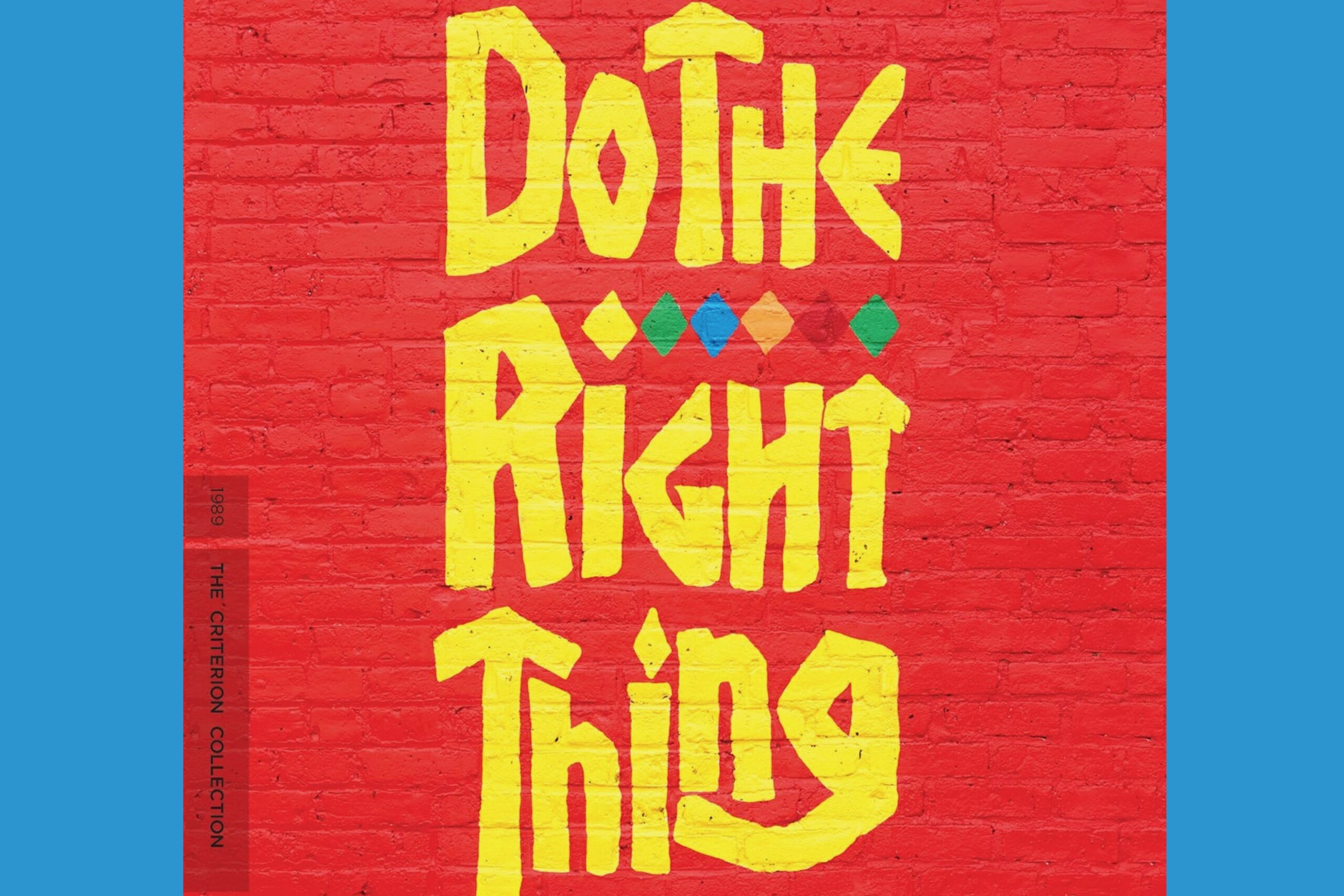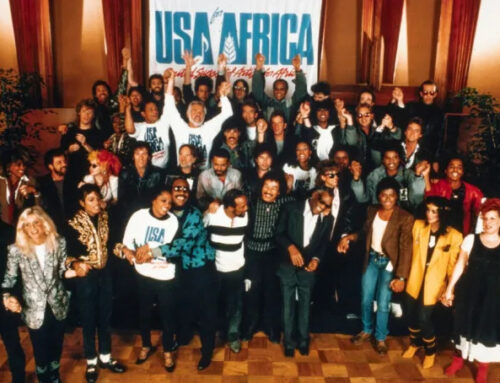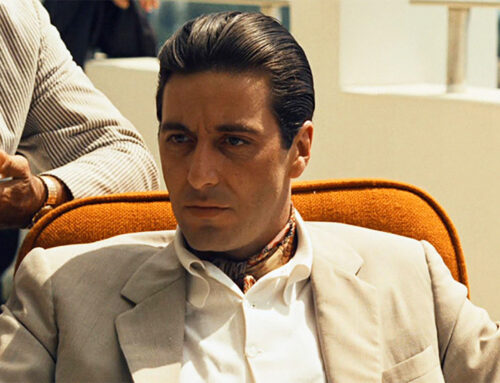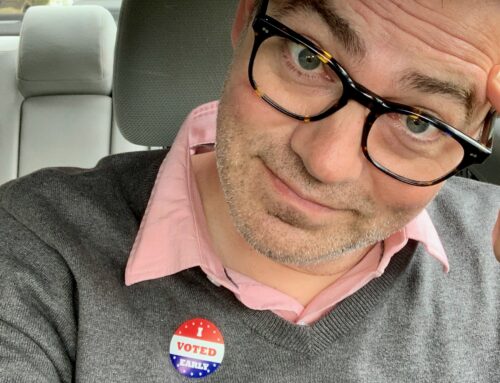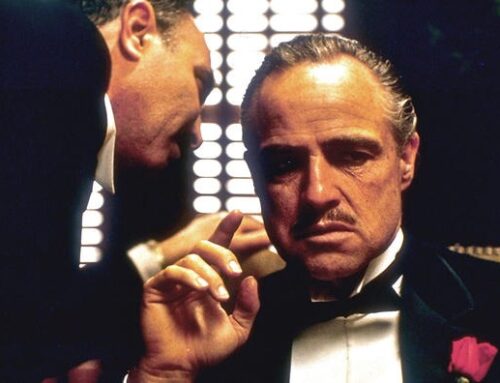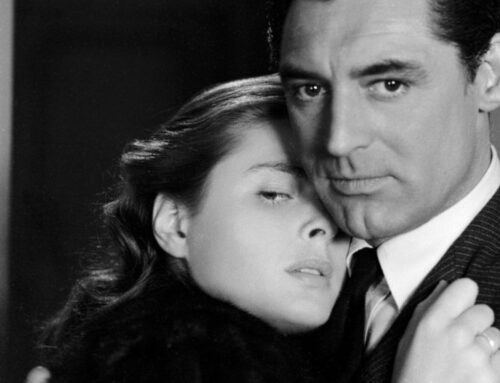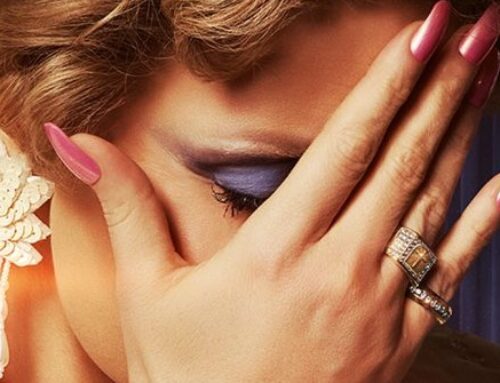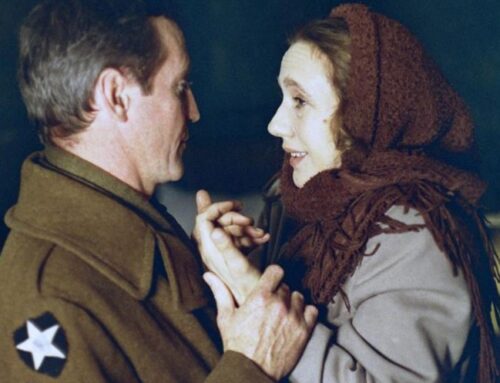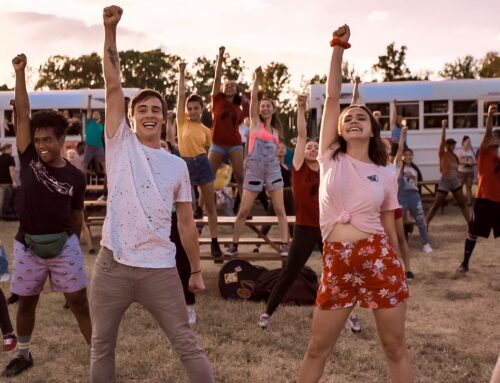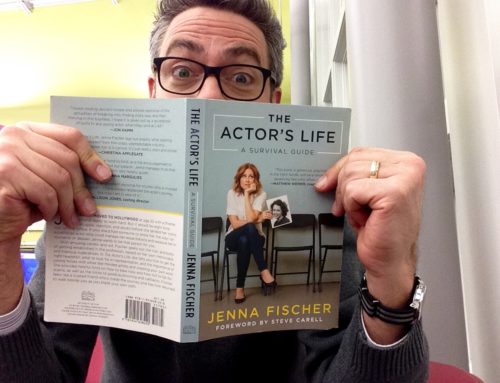DA MAYOR
I hope the block is still standing.MOTHER SISTER
We’re still standing.– Do the Right Thing
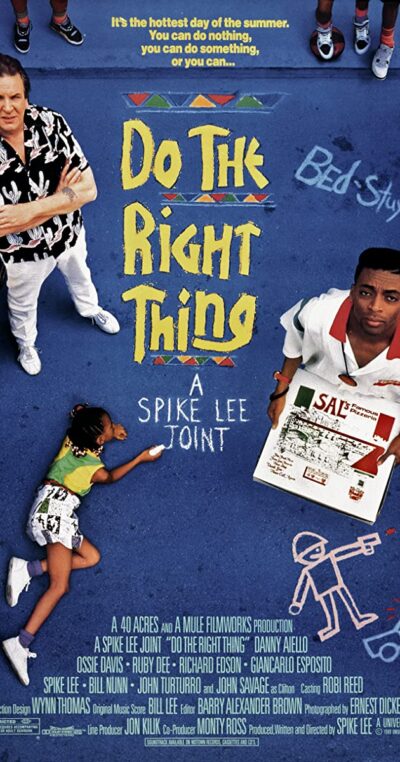 I’ve started watching or re-watching the films in Roger Ebert’s The Great Movies book (Vol. 1). Because I’m a nerd for this sort of thing, I put all of the titles on a spreadsheet and use a random number generator to pick what to watch next. First up, was Spike Lee’s 1989 film Do the Right Thing.
I’ve started watching or re-watching the films in Roger Ebert’s The Great Movies book (Vol. 1). Because I’m a nerd for this sort of thing, I put all of the titles on a spreadsheet and use a random number generator to pick what to watch next. First up, was Spike Lee’s 1989 film Do the Right Thing.
I was first introduced to Spike through Malcolm X starring Denzel Washington. One of my pastors at the time recommended it and I saw it at the now-defunct Fountain Square theater in Nashville with my best friend John. It was a fine introduction to Lee and I’ve been a fan ever since. Malcolm X was soon followed by Jungle Fever, Mo’ Better Blues, and most recently BlacKKKlansman. However, I never got around to his iconic Do the Right Thing. It was time to fix that.
Spike was born in Atlanta to his teacher mother and musician father. He grew up in Brooklyn and would later graduate from Morehouse College and NYU. Lee was 32 when he made this. 32! I just celebrated my 49th birthday and I’m trying not to be upset over the disparity of our achievements.
Although noticeably absent from the Best Picture category, Do the Right Thing did receive Academy Award nominations and has since been recognized as “culturally, historically, and aesthetically significant” by the Library of Congress and is preserved in the National Film Registry. As a sweet aside, it was the movie Barack and Michelle Obama saw on their first date.
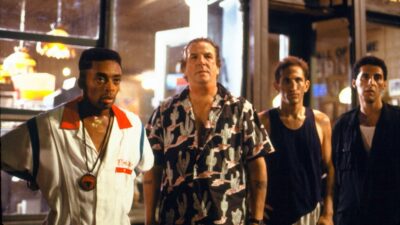
Spike Lee, Danny Aiello, Richard Edson, and John Turturro
The film tells the story of people living and working in the Brooklyn neighborhood of Bedford-Stuyvesant (aka Bed-Stuy) on the hottest day of the year. The characters are Black, brown, Korean, and white. There are no clear heroes or villains, just Americans trying to make their way in an unrighteous system that they’ve either inherited or adopted. The racial tensions rise with the summer’s heat and conclude in violence and tragedy, not unlike those we’ve recently witnessed.
Reflecting on his viewing of it in ’89, Roger Ebert wrote, “Spike Lee had done an almost impossible thing. He’d made a movie about race in America that empathized with all the participants. He didn’t draw lines or take sides, but simply looked with sadness at one racial flashpoint that stood for many others.” And in 2021, it stands for many others still.

A young Giancarlo Esposito in the character of Buggin Out
Although it addresses heavy subject matter, Spike’s famous quirky camera angles, the characters’ good-natured banter, and Ruth E. Carter’s wardrobe choices make much of the movie fun to watch. There are plenty of moments of comedic relief through the characters of Mookie, Buggin Out, and Slick Dick Willey. There are also tender times with Sal, Mother Sister, Tina, and Smiley. The film marks the major film debut for Martin Lawrence and Rosie Perez. And I didn’t make the connection until after I watched the whole movie, but the actor that plays Buggin Out is the same actor that plays Gus Fring in Breaking Bad: Giancarlo Esposito. That blew my mind!
The performances in this film are amazing. Danny Aiello (Spike’s second choice behind Robert DeNiro) gives his character Sal so much heart, your own heart will break for him. The great John Turturro‘s portrayal of Pino’s racism is believable and credible, and the affection of Ossie Davis‘ Da Mayor toward Ruby Dee‘s Mother Sister is heartwarming.
my beloved, let’s get down to business
mental self-defensive fitness
bum-rush the show
you gotta go for what you know
to make everybody see in order to
fight the powers that be– Fight the Power
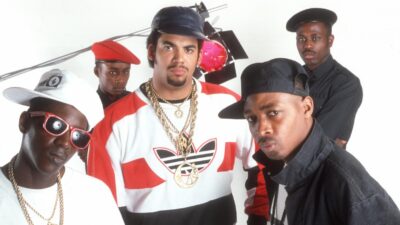
Public Enemy (Photo: Michael Ochs Archives | Getty Images)
Then there’s the music. Public Enemy‘s “Fight the Power” was written specifically for the film at Spike Lee’s request. The song serves as the movie’s anthem and is the motif for the neighborhood’s racial tension. “I wanted [the theme song] to be defiant, I wanted it to be angry, and I wanted it to be very rhythmic,” said Lee. “I thought right away of Public Enemy.” The song is quoted repeatedly via Radio Raheem’s boombox. The musical structure relies heavily on samples from earlier African American artists–especially James Brown and borrows lyrical imagery from the Black church, Martin Luther King, Jr, and other revolutionary messages. The song is included in the National Endowment for the Arts’ list of “Songs of the Century.” Spike’s father Bill Lee composed the instrumental jazz score that features saxophonist Branford Marsalis. The gospel a capella group Take 6 supports DJ Mister Senor Love Daddy on WE LOVE 108 FM. And can we just give it up for Rosie Perez’s dance sequence during the opening credits? My stars!
Regrettably, the movie’s themes of racial inequality and police brutality make watching it today as timely as it was in 1989. As I watched it, Officer Derek Chauvin stood trial for the death of George Floyd. And as I’m writing this, the world is learning that Daunte Wright, another Black man was shot to death by a police officer in Minnesota. I hope and pray that there will come a day where films like this one only mark our history and future generations can’t imagine how scenes like those in this movie were ever part of real life in the United States of America. That day, however, is not yet today.
Over to you: Have you seen Do the Right Thing? What are your thoughts on this movie?
Read my comment policy.

